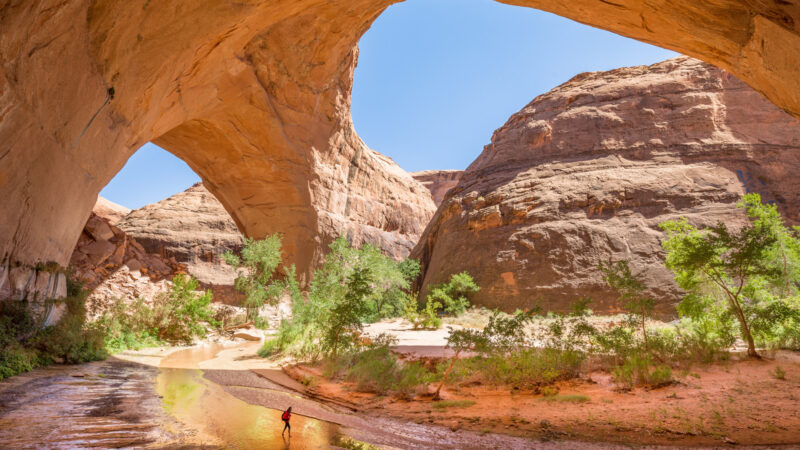Table of Contents Show
National monuments are a sight worth seeing, and there are ten in the Southwest United States that are particularly monumental. So whether you plan a road trip around the monuments or make an unplanned stop, consider stopping for these.
Keep reading to learn more about national monuments. And we reveal which ones you need to see in the southwest, along with the best trail to hike when you arrive.
What Is a National Monument?
A national monument is a federally protected area of land or water similar to a national park. Many national monuments contain a memorial or historic structure. The difference between a national monument and other government sites is how they came to be.
U.S. presidents can create national monuments with their Congress-granted authority via the Antiquities Act of 1906. So the executive branch usually creates national monuments versus national parks, which Congress can create by passing legislation.
A national monument can sometimes change its designation. For example, Theodore Roosevelt established the Grand Canyon as a monument in 1908. Then, in 1919, Congress reassigned it as a national park.
10 National Monuments in the Southwest Everyone Needs to Visit at Least Once
There are many national monuments around the country, and each has a unique landscape. Here are ten in the southwest that we highly recommend visiting.
#1. Grand Staircase-Escalante National Monument, Utah
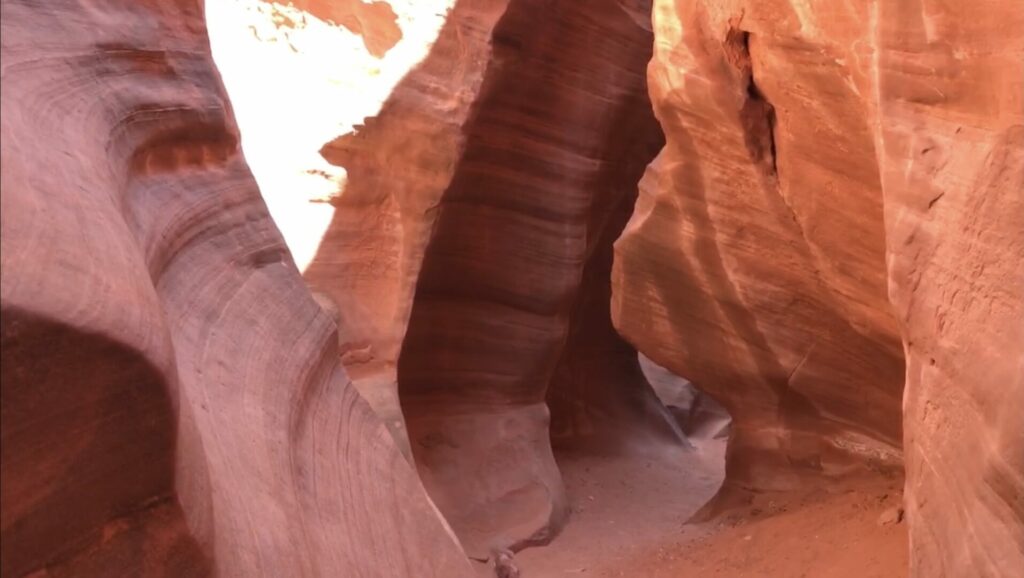
About Grand Staircase-Escalante National Monument: Grand Staircase-Escalante National Monument encompasses about 1.87 million acres of public lands in southern Utah. The Grand Staircase includes cliffs and terraces that run across Kaiparowits Plateau to the Escalante River Canyons. The national monument is a geological wonder with monoliths, canyons, natural bridges, and sandstone arches.
Why You Should Make the Trip: Like the national parks in southern Utah, Grand Staircase-Escalante National Monument is breathtaking. It’s a must-see on any Utah road trip. The colors that dance on the rocks are an unforgettable sight.
Don’t Miss This Hike: Hiking the Grand Staircase could be one of your most memorable activities in Utah. While it’s difficult to choose just one hike, we recommend the Lower Calf Creek Falls. It’s a 6.7 miles roundtrip moderate trail with 866 feet elevation gain. Leashed dogs are allowed.
#2. Organ Pipe Cactus National Monument, Arizona
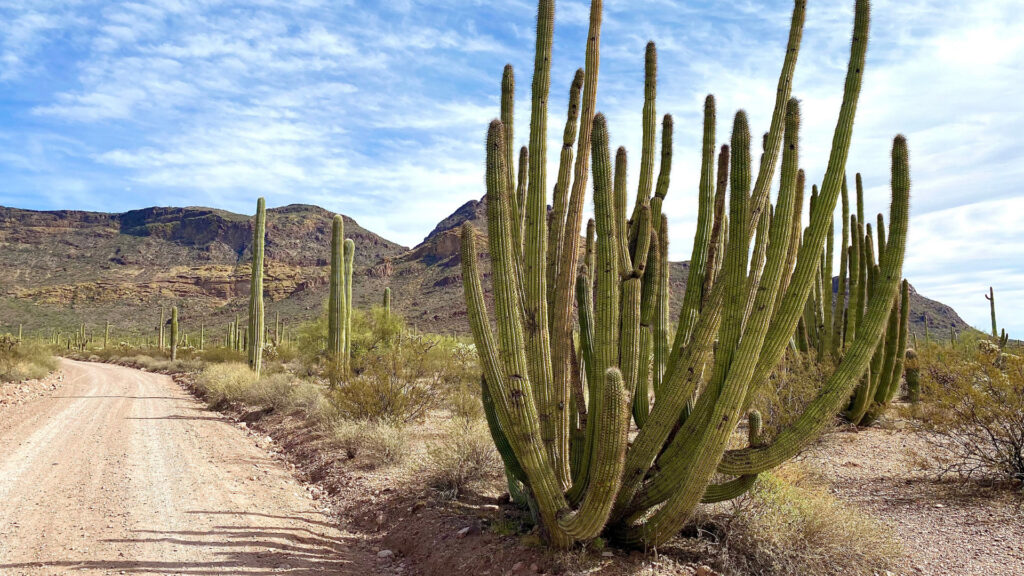
About Organ Pipe Cactus National Monument: Organ Pipe Cactus National Monument is on the southern border of Arizona. It’s an International Biosphere Reserve with countless plants and animals. Visiting in the fall, winter, or spring is ideal for milder temperatures while experiencing the monument. However, the summer can get extremely hot in this desert landscape, and should you visit between June and September, stay hydrated and find shade when possible.
Why You Should Make the Trip: You can drive through the monument or hike. It’s in the Sonoran Desert, which is home to 31 species of cactus. The saguaro cactus is the highlight for many visitors.
Don’t Miss This Hike: The Desert View 1.2-mile loop trail is a great hike year-round. It offers stunning views across the desert amid saguaros with mountains as your backdrop. The trail is rated easy to moderate. We recommend hiking it at sunrise or sunset for incredible photos.
Pro Tip: Learn how to spend the perfect weekend at Organ Pipe Cactus National Monument.
#3. Dinosaur National Monument, Utah
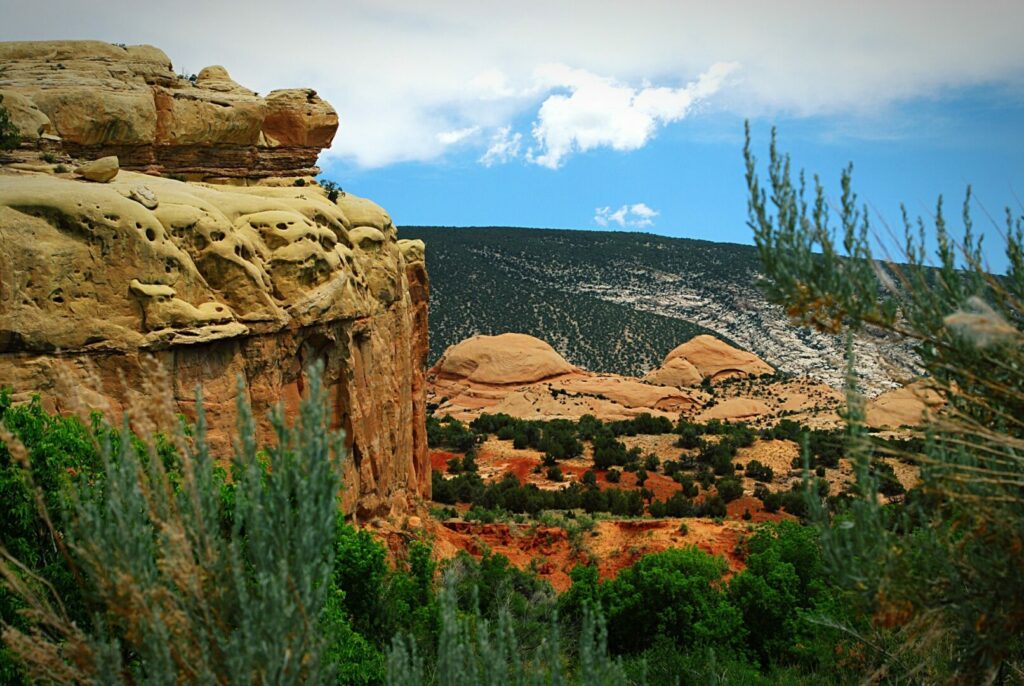
About Dinosaur National Monument: Dinosaur National Monument is on northeast Utah and northwest Colorado border. It’s a landscape of mountains, canyons, deserts, and rivers. Above all, you can see remains of dinosaurs that once roamed here embedded in the rocks.
Why You Should Make the Trip: You can see 1,500 dinosaur fossils exposed on the cliff face inside the Quarry Exhibit Hall when you visit. If you like science and history, you’ll get a lot out of this beautiful and educational national monument.
Don’t Miss This Hike: We recommend the Fossil Discovery Trail for a day hike. It’s 1.2 miles one way from the visitor center or the Quarry Exhibit Hall, where you can see tilted rock layers on the trail and three fossil areas. At the Morrison Formation stop, you can view an outcropping of small fossil fragments and a few large dinosaur bones. The trail is moderate and steep in some places. Use caution when it’s wet, as the rocks will be slippery.
#4. Bandelier National Monument, New Mexico
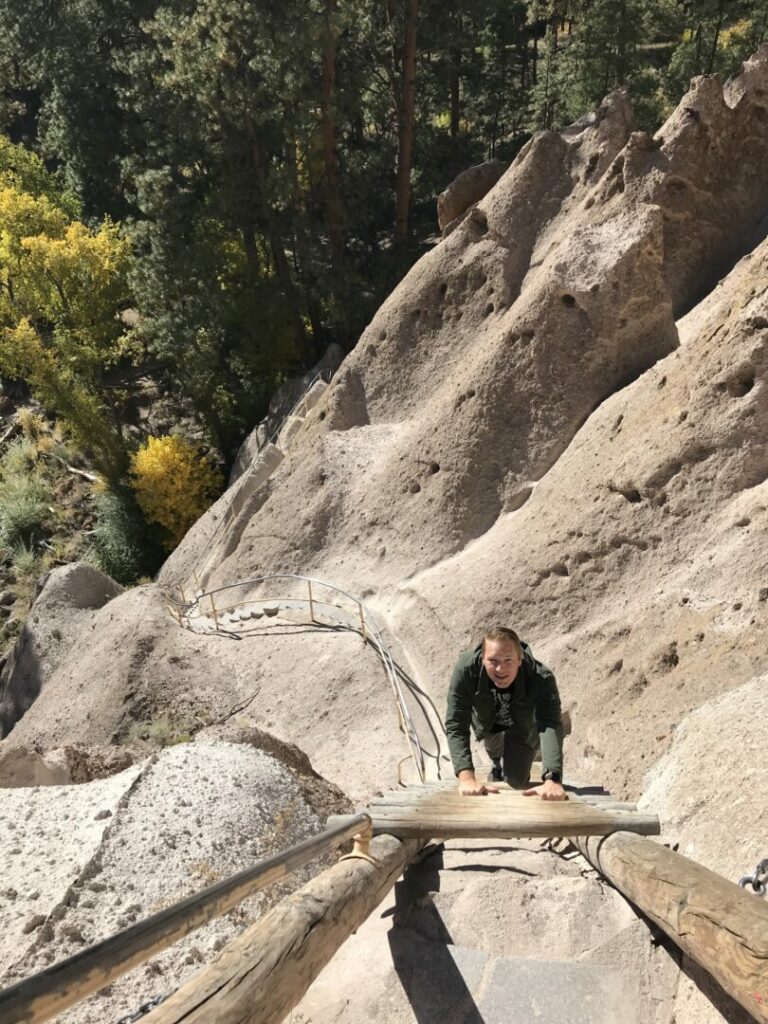
About Bandelier National Monument: Bandelier National Monument is just west of Santa Fe, New Mexico. It protects more than 33,000 acres of canyon and mesas. You can find petroglyphs carved into the soft rock cliffs from over 11,000 years ago.
Why You Should Make the Trip: The national monument is a beautiful spot for hiking and viewing wildflowers and wildlife. And history buffs will enjoy learning about the human explorations that happened here thousands of years ago.
Don’t Miss This Hike: The Main (Pueblo) Loop Trail is the most popular hike and a must-do. It’s a 1.4-mile easy loop through archeological sites. Although it’s a short trip, we recommend taking your time. You can climb ladders along the trail to look in cavates, small alcoves ancient people carved. Also, the trail takes you past historical meeting places and ceremonial caves such as the Big Kiva, Tyuonyi, Talus House, and Long House.
#5. Montezuma Castle National Monument, Arizona
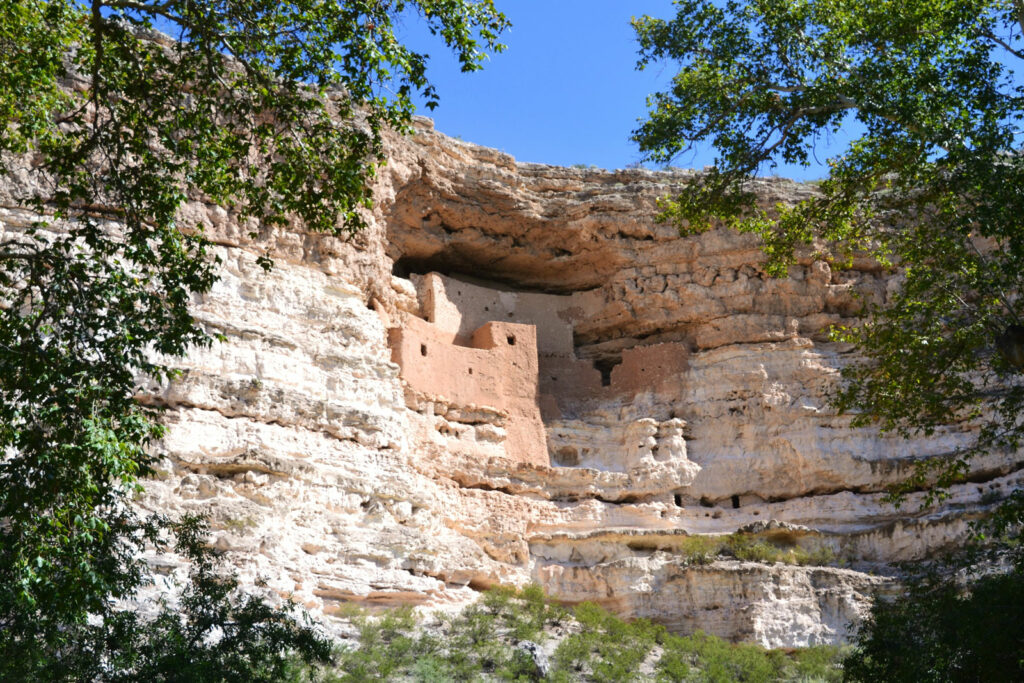
About Montezuma Castle National Monument: Montezuma Castle National Monument is near Sedona, Arizona. It was established in 1906 and is the third national monument dedicated to preserving Native American culture. The Sinagua people built the castle into a limestone cliff over 400 years ago. Archeologists excavated it in 1933 and found many artifacts that help us understand the community.
Why You Should Make the Trip: The archeological site and artifacts you get to see are worth the visit. It’s stunning to see and ponder what life must have been like for the people that inhabited the 40-50-room Montezuma Castle.
Don’t Miss This Hike: We recommend hiking the Montezuma Castle National Monument Trail. It’s a 0.4-mile easy loop, passing by a river with views of the castle. You can bring your dogs on the trail, but they must remain on a leash.
Pro Tip: We love staying in Arizona and have made a list of the best spots to camp for FREE.
#6. Canyon de Chelly National Monument, Arizona
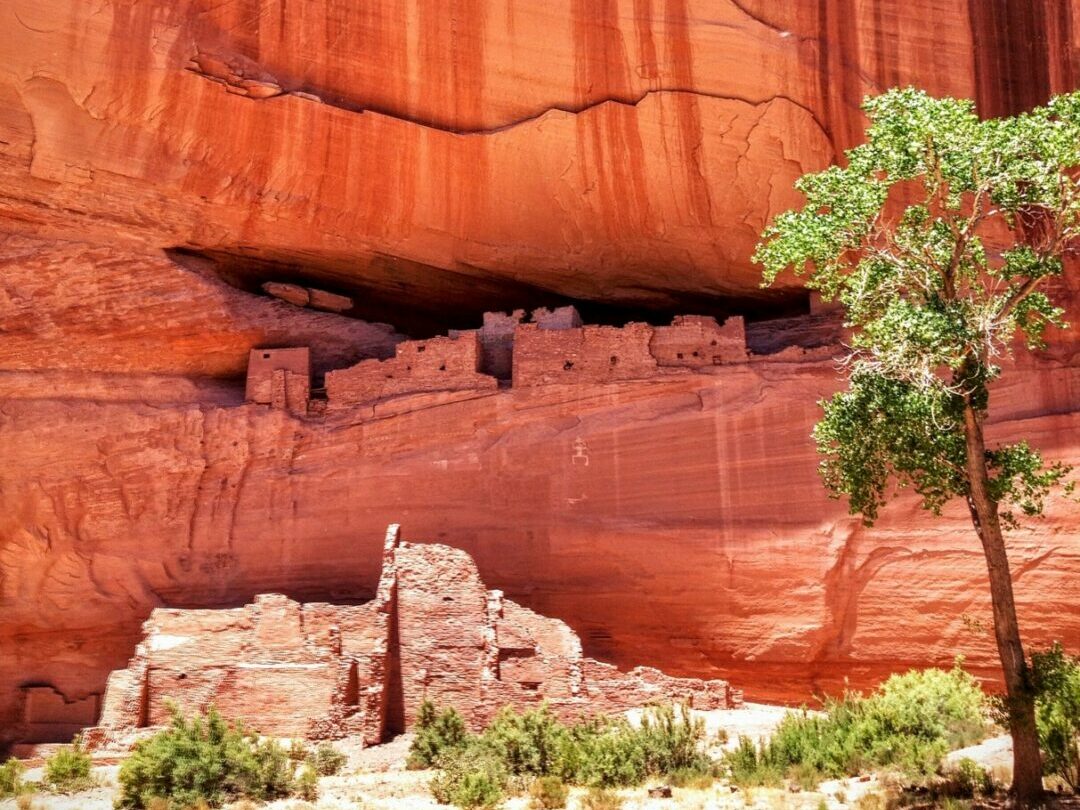
About Canyon de Chelly National Monument: Canyon de Chelly National Monument is in northeast Arizona. From beautiful canyon ridges to saguaro cactus, there’s much to observe at this national monument. Navajo families still make their homes and farms in the canyons. It’s spectacular to see the monument and Navajo Nation co-exist to protect the land’s resources.
Why You Should Make the Trip: It’s awe-inspiring and educational at the same time. You can do a guided hike with a Park Ranger to learn about the past and present of the national monument.
Don’t Miss This Hike: The White House Ruins Trail is popular in Canyon de Chelly and is the only route you can take without a guide. It ends at significant ancient ruins, which are well worth the trek. The trail descends about 600 feet and crosses the seasonal Chinle Wash. It’s a 1.2-mile trail one-way and is rated easy to moderate.
#7. Capulin Volcano National Monument, New Mexico
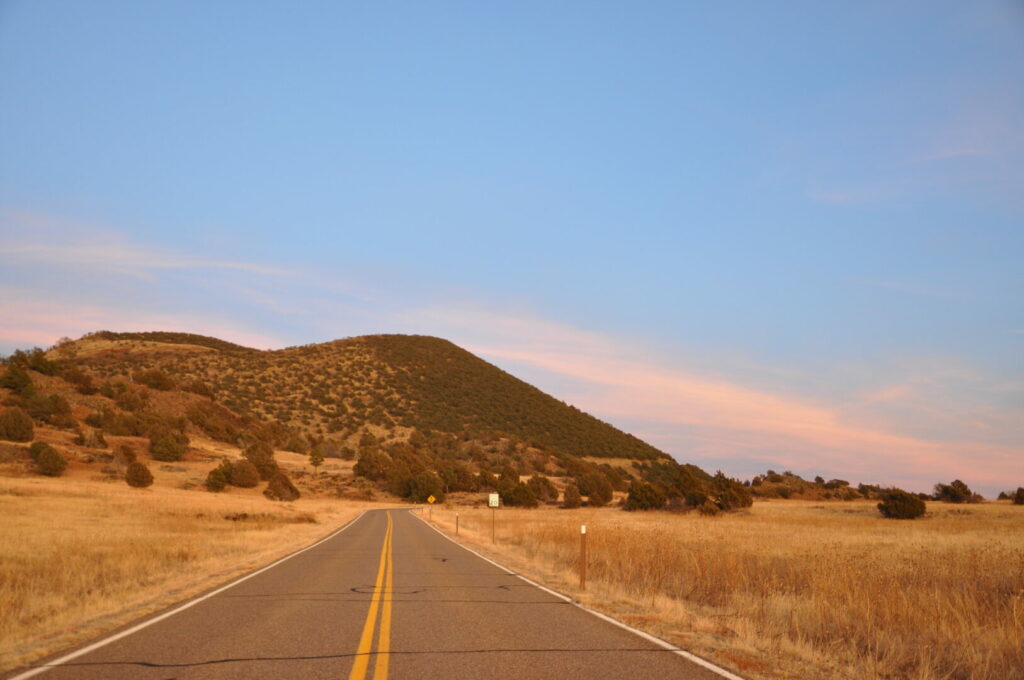
About Capulin Volcano National Monument: Capulin Volcano National Monument is in northeast New Mexico. The monument is part of the 8,000 square-mile Raton-Clayton Volcanic Field. You can see four different states from the volcanic rim.
Why You Should Make The Trip: Exploring the volcano by day is a must. However, one of the best activities at the monument is stargazing. The area has one of the darkest skies in the country. It was named a Gold Tier Dark Sky Park by the International Dark-Sky Association in 2016. In fact, you can attend a Dark Sky viewing during the summer, and there are also some viewings in the fall, winter, and spring. The guides provide giant telescopes, and you’ll get to see planets, stars, and more.
Don’t Miss This Hike: There are five trails around the volcano. If you have limited time at the monument, we recommend the Crater Rim Trail. It’s a paved 1-mile loop around the rim. The trail is moderately challenging with steep climbs and descents.
#8. Petroglyph National Monument, New Mexico
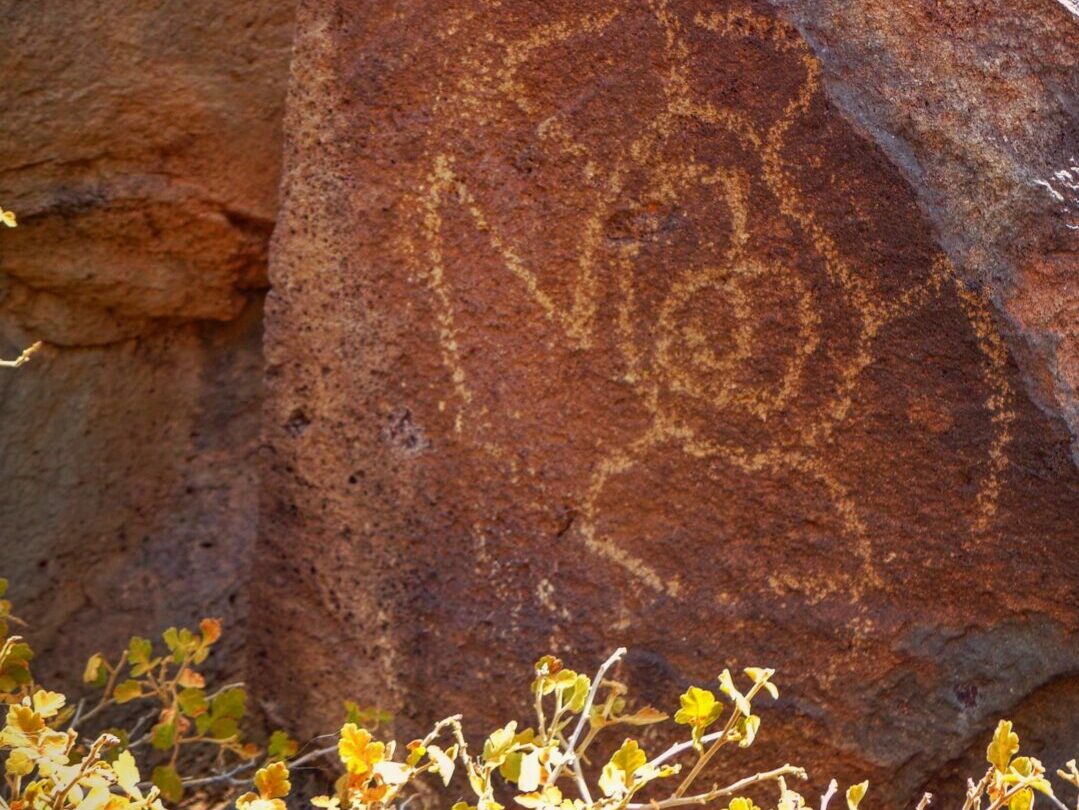
About Petroglyph National Monument: Petroglyph National Monument is just outside Albuquerque. It protects one of the largest petroglyph sites in North America. You’ll see carvings on volcanic rocks that are 400-700 years old. Native Americans and Spanish settlers created the designs and symbols.
Why You Should Make the Trip: You should make the trip to Petroglyph National Monument to absorb the cultural expressions of the past. It’s an educational journey through the site that will leave an impression on any visitor.
Don’t Miss This Hike: There are four different hiking trails in the monument. We recommend the Rinconada Canyon Trail. It’s a 2.2-mile loop, and you’ll walk past 300 petroglyphs. The hike is rated easy to moderate and is dog-friendly if they’re on a 6-foot leash or less.
#9. Colorado National Monument, Colorado
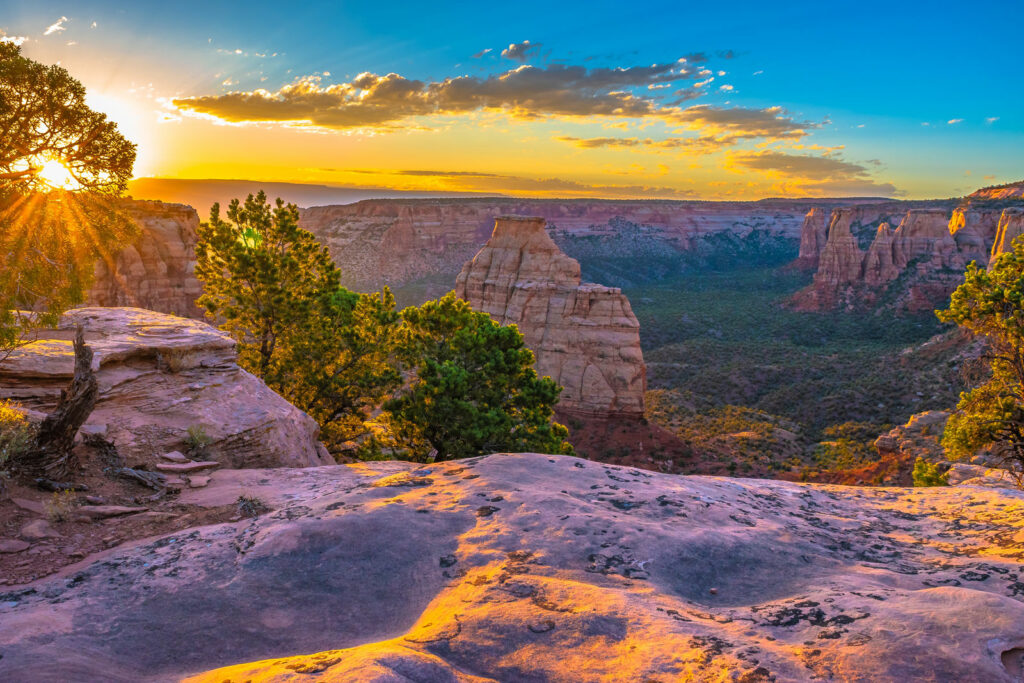
About Colorado National Monument: Colorado National Monument is on the west side of the state. It has majestic monoliths within its vast plateau and red rock canyons. There’s much wildlife that lives here, including bighorn sheep, grey foxes, squirrels, turkey vultures, and eagles.
Why You Should Make the Trip: The beauty of the red rock is a highlight of the monument. A hike through the canyons will leave you inspired.
Don’t Miss This Hike: There are day hikes and backcountry hiking at Colorado National Monument. Window Rock Trail and Canyon Rim Trail are the best day hikes for the colorful Wedding Canyon views. Both are easy walks. Window Rock Trail is a quarter of a mile loop. And Canyon Rim Trail is a half-mile one way.
#10. Canyons of the Ancients National Monument, Colorado
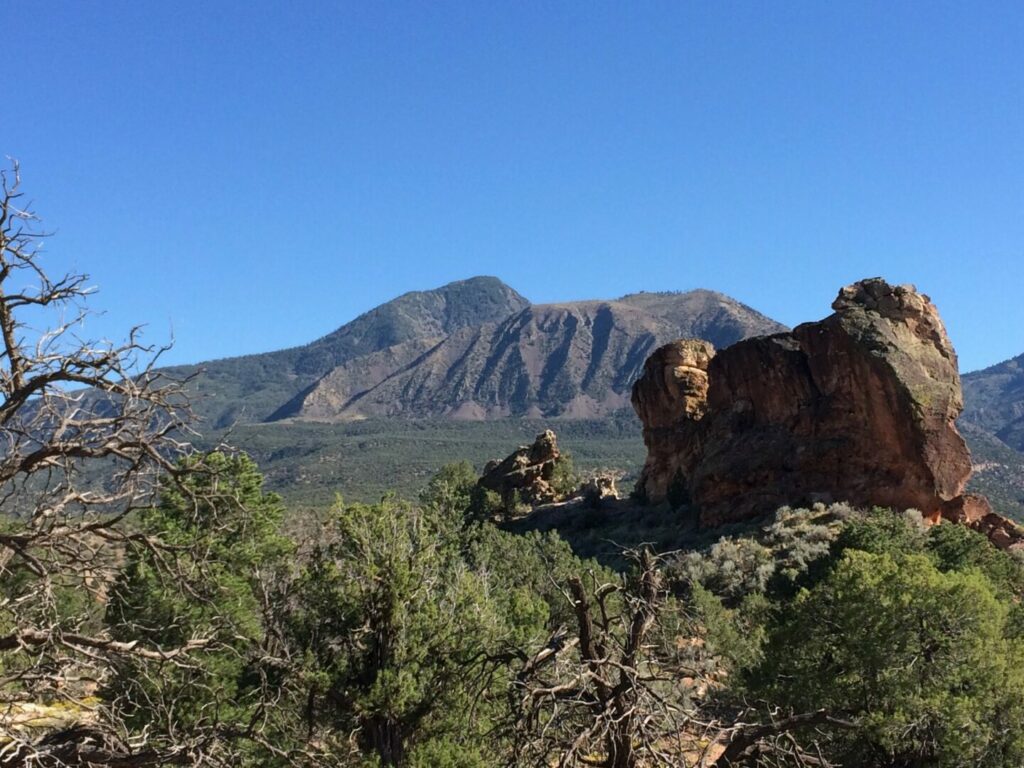
About Canyons of the Ancients National Monument: Canyons of the Ancients National Monument is in the Four Corners region of southwestern Colorado. It protects 176,000 acres of Bureau of Land Management (BLM) land. Containing the highest known archaeological site density in the U.S., it has more than 8,300 recorded sites. Humans have inhabited the area for 10,000 years.
Why You Should Make the Trip: Visiting the monument will connect you with the past and native cultures forged through so much to create a civilization. It’s a beautiful place to take your time exploring.
Don’t Miss This Hike: Sand Canyon Trail is the best hike in the monument. It provides beautiful views of canyons and ruins. The trail is a moderate 12.4-mile hike. Dogs can come along if leashed.
Keep Exploring: If you’re ready to move on to some great national parks in the southwest, start with why you need to add White Sand Dunes National Park to your bucket list.
Which National Monument Is First on Your List?
Which of these national monuments will you visit on your next road trip in the southwest? We encourage you to get to as many as you can. They’re a treasure, and you’ll likely learn a lot from any one of them.
Remember, when you visit a national monument, take your time and take it all in. It’s easy to rush through a destination to check it off your list. Most of all, we hope you go slow and absorb all of the beauty, history, and nature these public lands offer.




